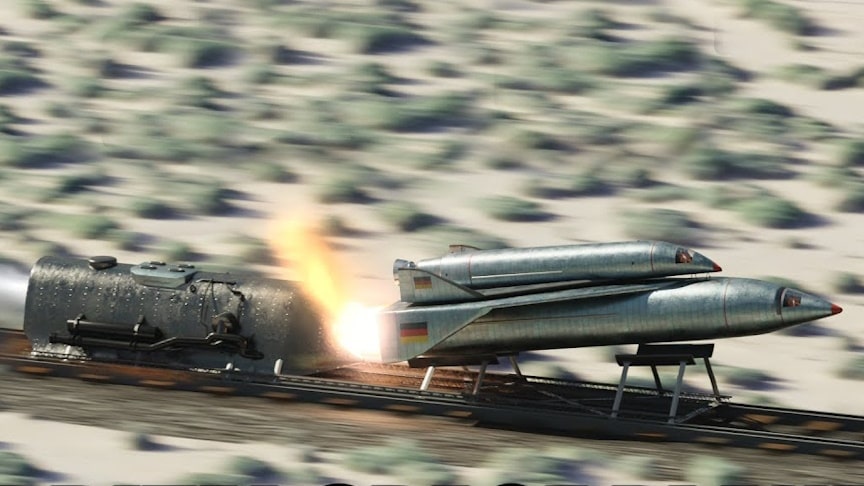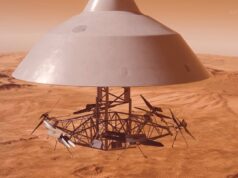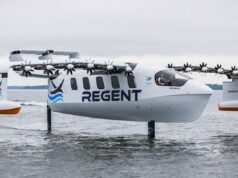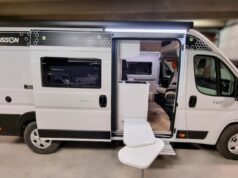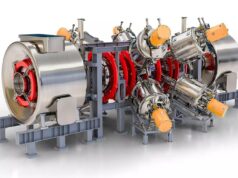The Junkers RT was an early Space Shuttle craft, which was developed by the West German Junkers GmbH in the sixties.The Junkers RT-8, also called “Saenger I”, was a sled-launched two stage space plane. The design work was started in July 1961.
source.image: Hazegrayart
This craft was an ambitious early space shuttle design with innovative sled-launch technology, multiple stages for different purposes (manned, unmanned, cargo), and hybrid propulsion systems.The two-stage design allowed for versatility in missions, either for reaching orbit or suborbital flights, demonstrating the adaptability of its components for various space missions.
The three engines of the first stage offered a power of 150 tons at sealevel and took the second stage up to 30km altitude in 150 seconds. Here both stages separated and the manned stage one was flown back by a Pilot to the ground. The first stage vehicle had a length of 80m and Delta wing with a span of 40m. The wing was shoulder mounted to the fuselage.
Advertisement
Following the Separation the stage two single Lox/LH2 engine were started. The second stage maneuvered in the suborbitals or climbed up to an Orbit of 300km altitude. The second stage had a length of 31m and a Delta wing span of 12m. The orbiter’s wing was low mounted.
- RT-8 Sled Launch:
- Launch System: Sled-launched two-stage space plane
- Sled Propulsion: Steam rocket
- Launch Distance: 3 kilometers
- Stage Separation: At 30km altitude
- First Stage: Power: Three airbreathing LH2 engines
- Power Output: 150 tons at sea level
- Stage Length: 80 meters
- Wing Span: 40 meters (shoulder-mounted delta wing)Stage
- Separation and Second Stage:
- Separation Altitude: 30km
- Second Stage Propulsion: Single Lox/LH2 engine
- Second Stage Options:
- Manned: Capable of carrying two astronauts (HORUS –
- Hypersonic Orbital Upper Stage)
- Cargo: Unmanned cargo ship (CARGUS) without wings for a return tri

